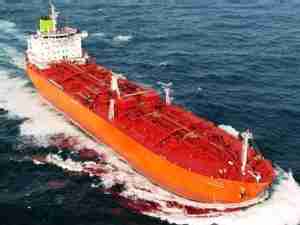The crew of the Sugar Island, the contractor's dredge, already has completed seven miles of the project. The Corps expects to begin deepening the upper 10 miles of the river, near the Portland-Vancouver area, in the fall.
When the 106-mile Channel Improvement Project is completed, the additional three feet of depth will allow each draft-restricted bulk ships to carry an additional 6,000 tons of grain and each container ships to carry hundreds of additional containers, making a Columbia River port call more cost-effective for ocean carriers and Northwest businesses and farmers.
"The start of deepening represents the determination of our region to keep our businesses competitive for generations to come," said Columbia River Channel Coalition President and Port of Longview Executive Director Ken O'Hollaren. "After 15 years of hard work to move this critical project forward between the sponsor ports, local, state, and federal agencies, and elected officials all the way up to the President of the United States, this is truly an historic event."
Business, labor, agricultural, maritime, and community groups also added their support to the project. "Columbia River ports provide thousands of Oregon, Washington, Idaho, and Montana businesses with their least expensive route to reach international markets," said Port of Portland Executive Director Bill Wyatt. "Last year, $15 billion worth of freight moved on the Columbia River. Companies like Columbia Sportswear, Nike, Fred Meyer, and in fact, our entire region's economy, depend on the River's ability to handle modern ships, and that's just what this project ensures."
Beyond economic benefits, the Project also includes ecosystem restoration features that will significantly contribute to the health of the Columbia River, including restoration of tidal marsh, wetlands, native riparian vegetation, shallows, and fish access to spawning streams in the estuary.










